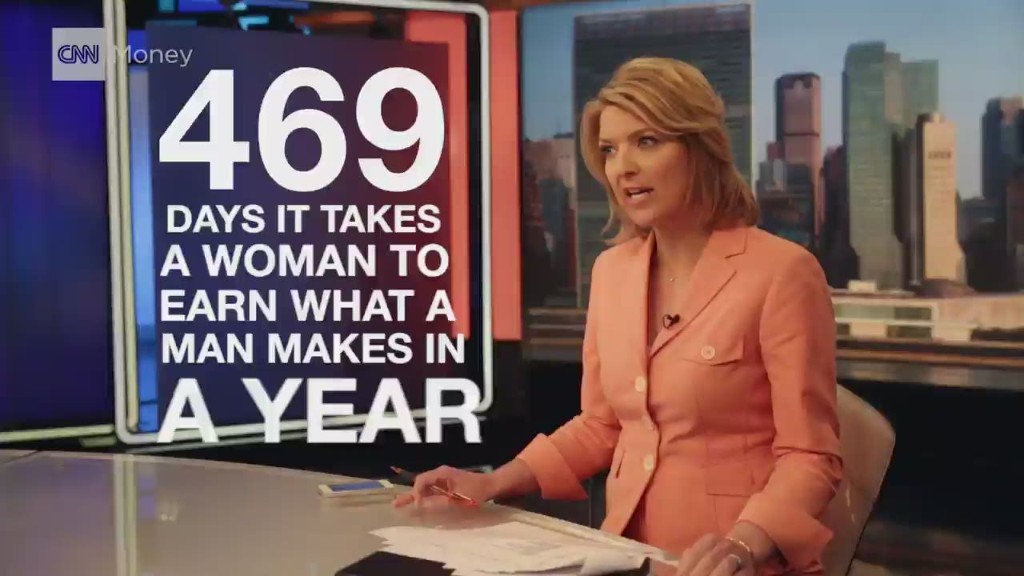
California already has one of the toughest equal pay laws in the country on the books. On Friday, it gets even tougher.
For years, the state has required employers to pay equal pay to women and men doing the same job.
Starting January 1, equal pay will be required for women and men who do "substantially similar work" -- regardless of how their jobs are formally described.
"This says you can't hide behind job titles, you have to look at what people actually do," said Noreen Farrell, executive director of Equal Rights Advocates, a San Francisco public interest group that pushed for the change.
Farrell said her group has been contacted by hotel housekeepers who were being paid less than custodians at the same hotels who cleaned ballrooms and other common areas. The new law aims to change such disparities, she said.
It also prohibits employers from firing or otherwise retaliating against workers who talk about or disclose the pay of coworkers to other employees.
"We think pay secrecy is the number one reason pay inequality exists," Farrell said. "People don't know they're being under paid."
A national equal pay law has been on the books for more than 50 years, and California has had its own state law version for decades. But the laws made it difficult for workers to prove pay discrimination.
Related: 78 cents on the dollar - Facts about the gender wage gap
The California law was passed this year with virtually no opposition in the legislature. Farrell called it "balanced" because it "lets employers know what is and isn't allowed."
Indeed, the California Chamber of Commerce backed the legislation, in part, because it gives employers more clarity on what criteria they can use to pay similar employees different wages.
For example, companies will be able to now pay more to employees who have more extensive training, education or experience.
"Nobody likes to be sued," Farrell said. "In my experience is that the clearer the law, the more you avoid lawsuits."
Farrell said advocates for pay equality plan to use the California law as a model for legislation in seven other states, including New York, Pennsylvania and Washington, as well as in Congress.


